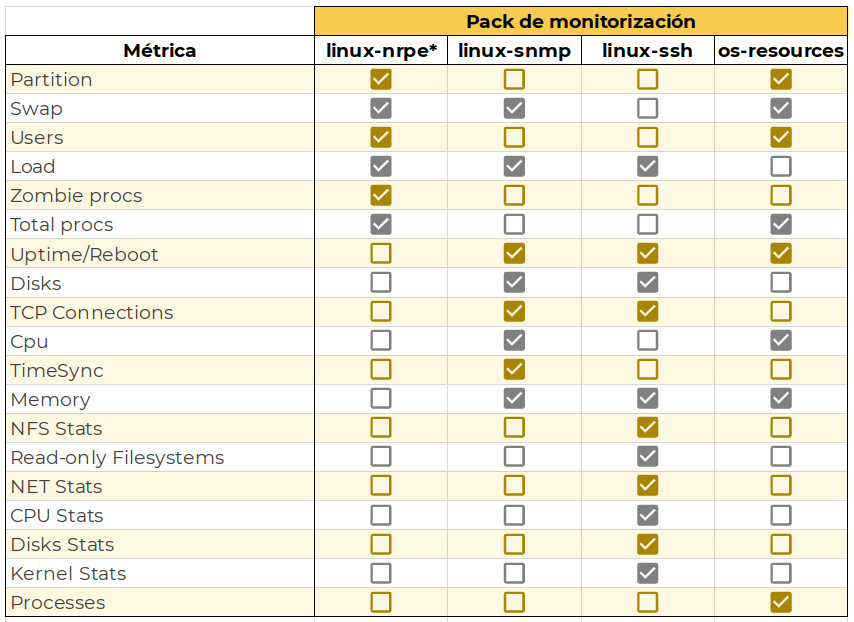Do you have Linux servers to host corporate applications or e-commerce websites? Then you already know how important it is to keep them available at all times. Ensuring their smooth operation has become a key point in the operational excellence of a company’s IT infrastructure and systems.
Being familiar with response time, website visits, or server demand is now part of a holistic IT view, enhancing real-time issue diagnosis.
But… How can you monitor them optimally? You’ve probably heard of several possibilities, but the most important thing is that to keep your Linux servers under control in WOCU, you don’t have to change your way of working. If you want to know what I mean, keep reading.

Monitoring Linux Infrastructures to Gain Visibility
As mentioned earlier, one of the most important points to consider when monitoring Linux servers is knowing which protocols those servers have enabled, and from them, deciding which one we want to use to obtain the typical health or performance monitoring metrics of the underlying operating system. In WOCU, we’ve included monitoring packs that collect data from Linux servers through the following protocols or technologies:- Linux-NRPE* (monitoring agent)
- Linux-SSH (without agent)
- Linux-SNMP (without agent)
- OS-RESOURCES (without agent)
How to Choose the Pack that Best Fits Our Needs
While the open-source NRPE agent offers excellent features on most platforms, in some cases, it’s not possible to install it. In this situation, both the Linux-SSH and Linux-SNMP and/or OS-Resource packs provide agentless monitoring methods. In infrastructures where it’s possible to use the SSH protocol to carry out Linux server monitoring, we’ll use the Linux-SSH pack, which is configured by establishing a passwordless connection between the WOCU server and the remote server. To do this, the monitoring platform administrator must first log in to the WOCU server and create SSH keys for the user who will monitor the infrastructure and then distribute the public key to the remote Linux servers. By default, the Linux-SSH pack uses port 22 to establish the connection, although it can be changed as needed. As a second option for agentless Linux server monitoring, you can use SNMP monitoring. Sometimes there may be prohibitions regarding installing NRPE agents or using the SSH protocol for server monitoring. SNMP checks are performed exclusively via the UDP protocol. Additionally, if we install/enable the Net-SNMP client on the servers, we can access additional information compared to what we obtain with the Linux-SNMP pack. The Net-SNMP client on Linux servers provides a wide variety of performance information via SNMP. Furthermore, you can query the agent to get a list of the packages installed on the system, a list of the processes currently running on the system, or the system’s network configuration. The HOST-RESOURCE-MIB included with Net-SNMP presents information about the current hardware and software configuration of the machine. Each of these packs will provide us with information about different metrics. Some are common in all packs, while others are only available in one or another pack, although additional services can usually be added in (almost) all of them. For a better understanding of the metrics monitored by each pack, we’ve created a summary table where you can check what each one includes:
Fig.1 Comparative table of metrics by Monitoring Pack
As always, you have the complete information for each pack in our documentation, in the WOCU user manual. Still have questions about how to monitor Linux servers? Contact us and tell us your needs; we’ll be happy to hear your suggestions.



